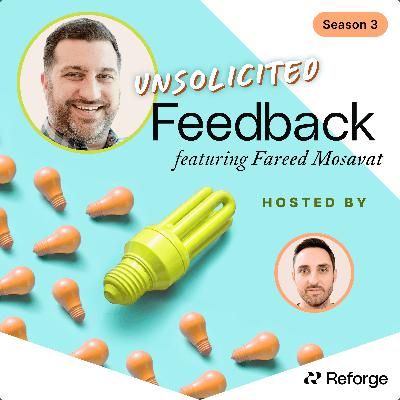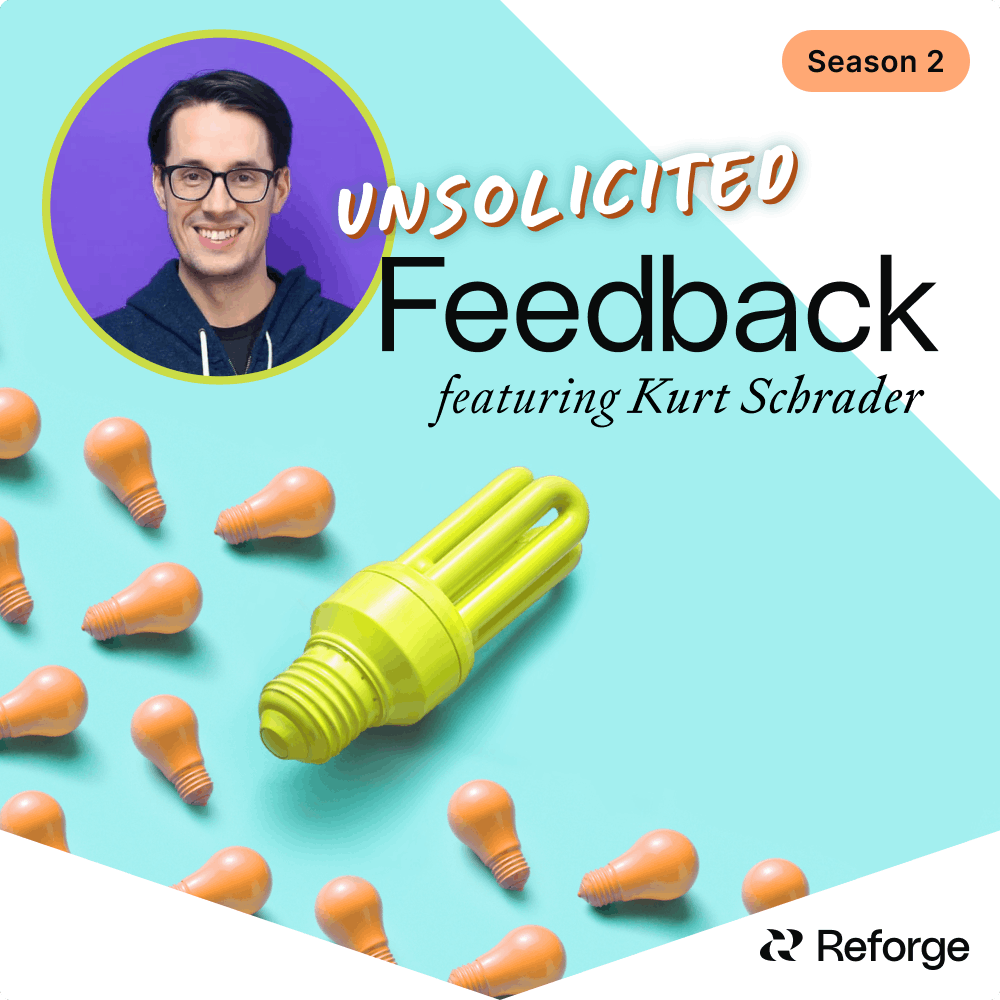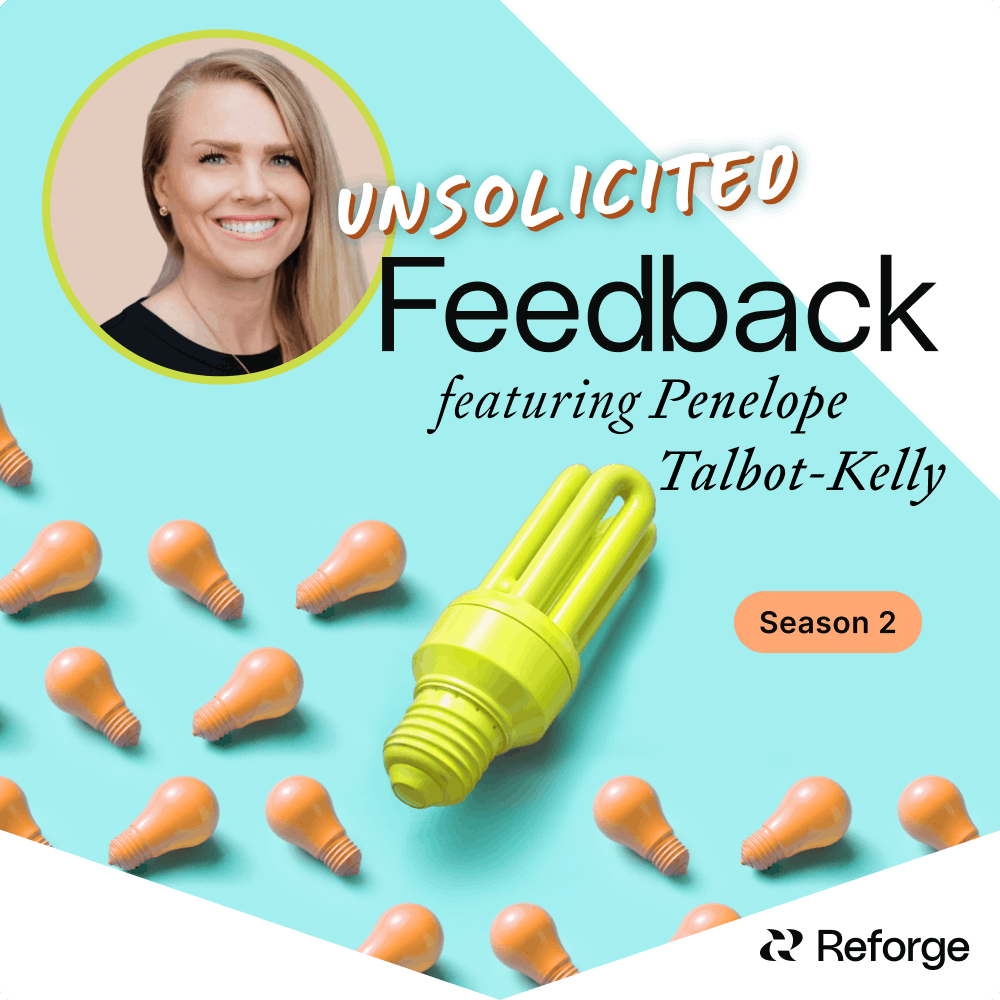
 Unsolicited Feedback
Unsolicited Feedback
Author: Brian Balfour & Fareed Mosavat
Subscribed: 119Played: 2,172Description
Tired of interview podcasts? Us too. That's why we created Unsolicited Feedback - the podcast that should have come out 5 years ago, but we're making it anyway. In this podcast, Brian Balfour (Reforge, HubSpot), Fareed Mosavat (Reforge, Slack) and friends provide unfiltered feedback on the products they actually use, along with key product lessons.
Essentially, we're taking the conversations that happen between experts at invite-only happy-hours and delivering them to the podcast platform of your choice.
Although no one asked for their opinions, they're sharing them. It's like eating Goodles when you want Kraft Mac n Cheese, or Olipop when you want Pepsi - it feels wrong, yet so right.
Each week, they analyze recent announcements, features, and releases across product and growth. The hosts make predictions about where Threads and Twitter will be in a year, and analyze unparalleled growth loops at LinkedIn. They give respect where it's due, but also deliver tear-downs when the writing’s on the wall. Sorry, not sorry!


















